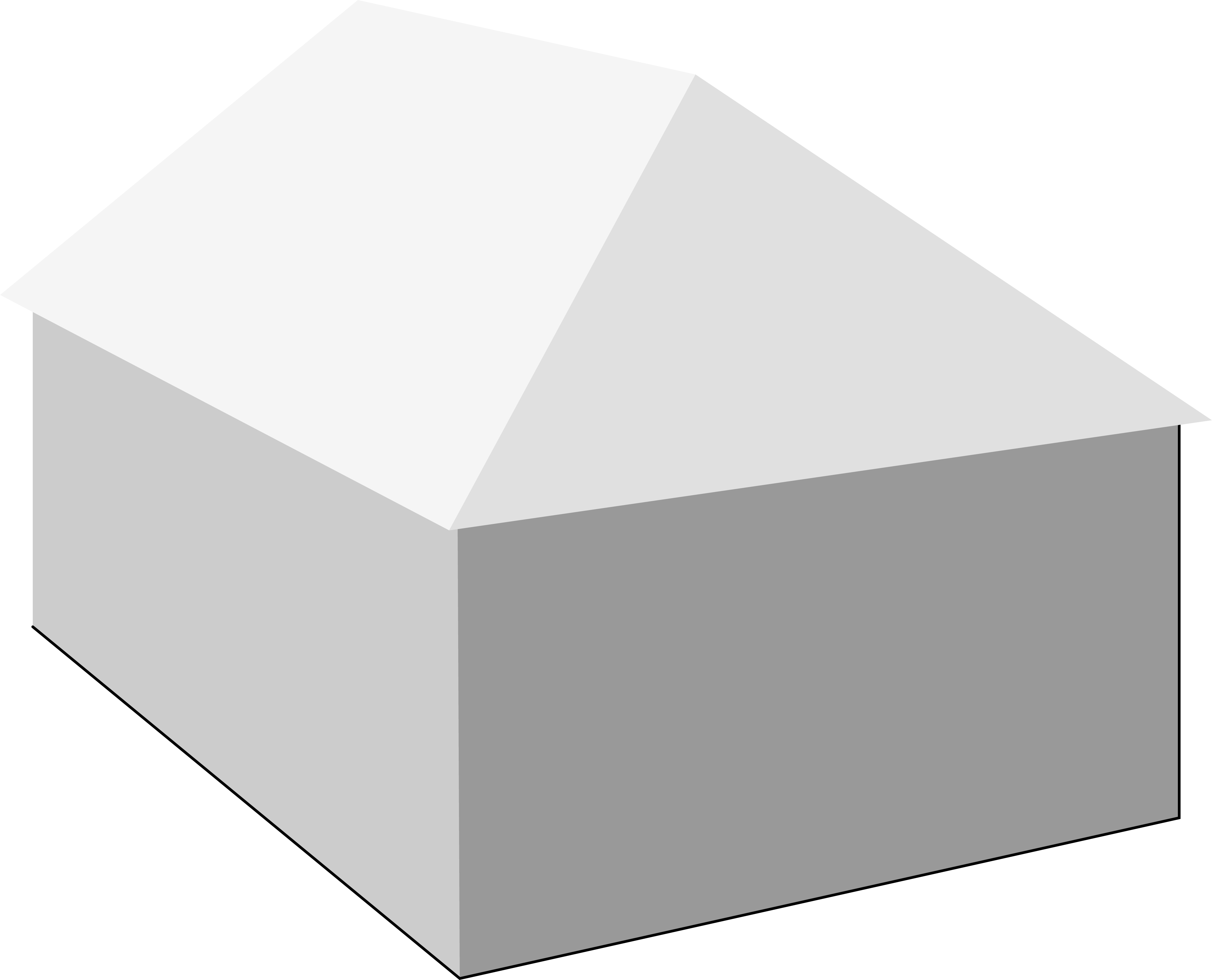Services
Based in Leicester
A loft conversion can unlock extra value of your home by converting unused space into a living area. Loft conversions are an affordable way of adding space to your property and can be adapted to suit your needs – whether that be an additional space to live, work or play.
Loft Conversion Benefits:
-
Improved insulation, especially with older properties; therefore, helping to save on heating costs over the long-term
-
Loft conversions won't obscure or overshadow neighbouring properties
-
Has no impact on your garden space
-
Most houses in the UK do not need planning permission (exceptions apply)
-
Cost per square metre is lower compared to a standard extension
Type of Conversions
There are three main types of loft conversions and determining the type which would best suit your property depend on a number of factors, including the property style, roof height, available space, conservation area, local planning regulations, your budget and needs.
Dormer Conversion
A dormer loft conversion is an extension to the existing roof that projects vertically from a sloping roof, creating additional floor space and headroom within the property. Internally, a dormer has vertical walls and a horizontal ceiling and is the most common type of loft conversion. The flat roof dormers often add the maximum amount of additional space, in addition, it is possible to create a gable front and a hipped roof dormer to make it look more attractive, however these types of dormers do not offer as much internal space and due to the added complexity, a gable front and hipped roof dormer cost more to build. The l-shaped dormer loft conversion is also very popular and is often considered the best way to extend a mid-terrace period property to maximize space as it can give around 40 square meters of space or slightly more with planning.
The biggest advantage to this type of loft conversion, is that it can be constructed without needing to apply for permission on most properties; however, there are exceptions which we’re able to advice on.
Hip to Gable Conversation
Majority of houses that are hip roofed in style tend to have a relatively small internal volume, so for a conversion to be practical, a hip-to-gable is a smart solution. This type of conversion involves changing the sloping side of the property to a flat gable end, which increases the size of the loft space, creating extra space for the staircase. As this type of loft conversion changes the outline of the roof, planning permissions may well be required which is something we can advise on.
The biggest advantage to this type of loft conversion, is that it can be constructed without needing to apply for permission on most properties; however, there are exceptions which we’re able to advice on.
Velux Conversation
A Velux or Roof Light Conversion is transforming your loft without changing any of its original shape of the roof, making this a simple, attractive and cost-effective loft conversion solution and is prefect for properties with a high roof line where head height isn’t a problem.
Velux are the leading manufacturer of roof windows, with more than half a century of industry experience, their windows are designed to fit flush with the line of the roof. Only a small amount of alterations is required to the roof for fitting, therefore this option helps keep the cost of a conversion down.
Compared to other types of conversions, they do not require a lot of time to plan of finish and planning permission isn’t usually required as procedure doesn’t alter your original roofline; however depending on the area and the property we can advise if it would be require or not.
The process
Before any building works can start, we sit down and talk over your needs to understand your requirements, effectively taking a brief. The property is then measured, and we draw up proposal plans which once approved and signed off by yourselves are submitted to relevant local authority if required.
There is no getting away from it, but any loft conversation will require scaffolding to enable to the works to begin. Once all the plans are signed off and permissions granted if required, we will work with you to determine a start date for the scaffolding to be installed.
Once all the materials get to site, we start work on floor, firstly making the needed layout changes and then reinforcing the joints or replacing where needed.
Once the floor is down, they we can begin with the structure and within days you’ll be able to see the shape of the of the conversation. While the structure is being finished, we’re creating a bespoke staircase.
At this point we’re installing the first fix water, electricity and installation and you are invited to confirm the final positions for the lights and sockets
Follow on from the custom-made stairs arriving, the stairwell opening is cut-out ready for the installation to completed and the arrival of the building inspector to sign off that stage of the build.
With the stairs are in place, the loft team can proceed with the installation of the plasterboard, which with skimming takes approximately 4 to 5 days size depending. Once dry, the second fix can be undertaken allowing for final testing.
With snagging completed and the final inspection and sign-off by the building inspector for your building regulations certificate, the space is handed over for you to enjoy living in.
It's good to know...
When it comes to loft windows, there is really only one name to turn to in the industry: Velux.
The Danish company, formed in the early 1950s by intrepid civil engineer Villum Kann Rasmussen, has become synonymous with their field to the point that the name Velux is almost a byword for roof windows and skylights.
Velux now operate worldwide, with operations in more than 40 countries, and retain the core values that the company was originally founded on – namely introducing natural light, fresh air and a better quality of life into rooms in which they are installed.
Main Benefits to Using them:
- Maximise natural light due to fitting in the slope of a roof so are not susceptible to falling into shadow
- Can be fitted with internal blinds
- Remote and smart controls for those hard to open windows
- Automation allowing them to open and close depending on the weather
- Easy installation into an existing roof structure with minimal structural works
Any loft conversation is subject UK Building Regulations which details the minimal standards on insulation. The regulations stipulate minimum U-values — a measure of how well a building element keeps heat inside to reach these U values we have a number of different materials at our disposal from mineral wool/rock wool, Ecotherm foam boards and multi foil roll TLX warm or cold roof application.
MPH Approved Supplies:
Did you know there are different grades of timber which relate to other strength? The two most common used within construction are C16 and C24; with C16 being softer and has more knots and defects.
C24 timber is a strong and resilient grade of timber and is commonly used for larger structures such as commercial buildings, bridges, and other high-load applications. It is also used for timber framing, roof trusses, and laminated beams and is especially suited to carcassing due to its unbeatable strength and durability.
Due to C24 being of a better quality and strength, MPH only use C24 throughout any loft conversion undertaken.
More information:







